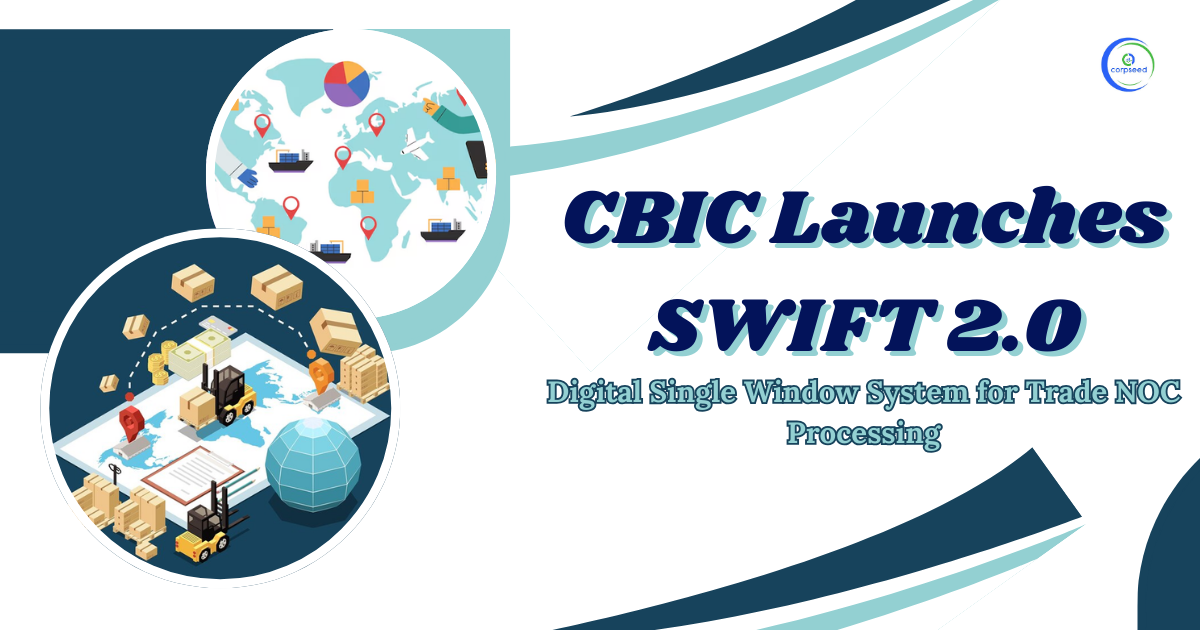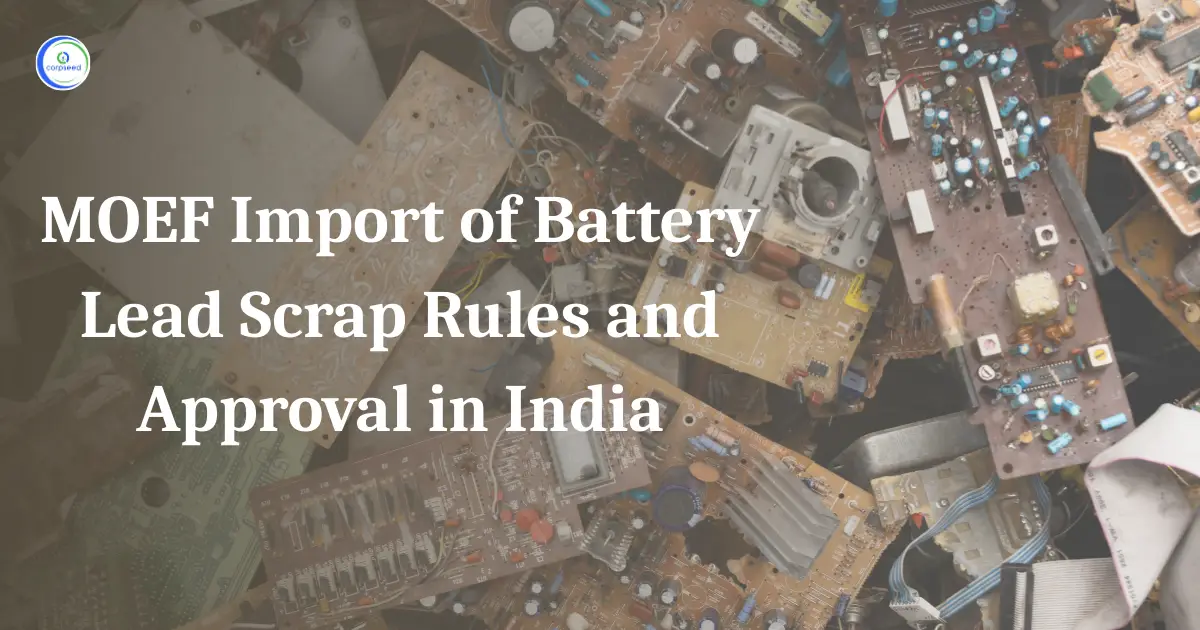Introduction: Regional Trade Blocs
A trade bloc is an international agreement, frequently part of a regional intergovernmental organisation, in which regional trade obstacles (tariffs and non-tariff barriers) are decreased or removed among participating states. A regional trading bloc is a collection of countries within a geographical region that band together to protect themselves from non-member goods. A trade bloc is a free-trade zone (or near-free-trade zone) created by one or more tax, tariff, and trade agreements between two or more countries. Trading blocs are a type of economic integration that is progressively shaping the global trade pattern.
Table of Contents
--------------Blog Contact Form-------------
Regional trade blocs foster intra-block commerce and protect their members from global competition. Tariffs on commodities produced by member states, import quotas, government subsidies, onerous bureaucratic import processes, and technological and other non-tariff obstacles are all used to protect against global competition. Member states within regional blocks cooperate on economic, political, security, climatic, and other concerns impacting the region because trading is not an isolated activity. Successful trade bloc members usually share four characteristics: similar per capita GNP levels, geographic closeness, similar or compatible trading regimes, and political commitment to the regional organisation. Advocates of global free trade are usually hostile to trading blocs, arguing that they promote regional commerce rather than global free trade.
Types of Regional Trading Blocs
Trade blocs can be standalone accords between many states (like the North American Free Trade Agreement (NAFTA)) or part of a regional organisation (like the European Union) (such as the European Union). Preferential trading areas, free trade areas, customs unions, common markets, economic and monetary unions, and political unions are the six types of trade blocs that can be classified based on their level of economic integration.
- Preferential Trade Area: PTAs are formed when countries within a geographical region agree to lower or abolish tariff barriers on certain items imported from other members of the area. This is frequently the first step toward forming a trading bloc.
- Free trade area: When two or more countries in a region agree to decrease or abolish trade barriers on all goods originating from other members, a Free Trade Area (FTA) is formed. This is the most fundamental type of economic collaboration. Member countries remove all trade barriers between themselves, but are free to set their own trade policies with non-member countries. The North American Free Trade Agreement is an example (NAFTA).
- Customs union: As in a free-trade zone, this style promotes economic cooperation. Trade barriers between member countries are abolished. The main distinction from a free trade zone is that members agree to treat non-member countries' trade in the same way. In contrast to non-members, the customs union entails the removal of tariff barriers among members as well as acceptance of a common (unified) external tariff. This means that the members can negotiate with third parties as a single bloc, such as other trading blocs or the World Trade Organization. A good example is the Gulf Cooperation Council (GCC)[1] Cooperation Council for Arab States of the Gulf.
- Common market: A 'single market' is the first major step toward full economic integration, and it occurs when member countries freely trade in all economic resources, not just tangible goods. All trade obstacles in commodities, services, capital, and labour have been abolished. Non-tariff obstacles are also decreased and abolished, in addition to tariffs being removed. To be successful, a common market must have a high level of macroeconomic policy harmonisation as well as common laws on monopoly power and other anti-competitive conduct. Common policies affecting significant industries, such as the European Single Market's Common Agricultural Policy (CAP) and Common Fisheries Policy (CFP), may exist (ESM). This sort of organisation allows member countries to create economically interconnected markets. Any trade obstacles, as well as restrictions on the movement of labour and capital between member countries, are abolished. There is a single trade policy for commerce with non-member countries, similar to customs unions. The biggest benefit to workers is that they no longer require a visa or work authorization to work in another common market country. The Common Market for Eastern and Southern Africa is an example (COMESA).
- Economic & monetary union: When countries participate in an economic agreement to abolish trade barriers and embrace common economic policies, this type is produced. The European Union is an example (EU). A monetary union combines an economic union (single market and customs union) with a monetary union to form a trade bloc. A currency-related trade treaty is used to establish monetary unity. The fiscal union is a step between full monetary union and total economic unity. The European Union's Economic and Monetary Union, which includes the Euro for Euro-zone countries, is an example of a monetary union.
- Political union: The more advanced integration steps are typically accompanied by the unification of economic policies (taxation, social welfare benefits, etc.), reductions in other trade barriers, the introduction of supranational bodies, and gradual moves towards the final stage, a "political union" in order to be successful. Political union is the last step of economic integration, and it entails more formal political ties between countries. When two or more countries have common decision-making bodies and policies, a limited kind of political union may exist. It is the bringing together of formerly divided nations. The 1990 reunification of West and East Germany is an example of total political union.
Advantages of Regional Trading Blocs
- Free trade within the bloc: Members are encouraged to specialize because they have unfettered access to each other's marketplaces. This suggests that the notion of comparative advantage is being used more broadly at a regional level.
- Market access & trade creation: Trade between members is projected to increase as a result of easier access to each other's markets. When free trade allows high-cost domestic producers to be replaced by lower-cost, more efficient imports, trade creation occurs. There is a 'consumption impact,' with higher demand arising from lower prices because low-cost imports lead to lower-priced imports. By reducing trade and investment restrictions, these accords provide additional chances for countries to trade with one another. Cooperation results in lower prices for consumers in the bloc nations when tariffs are reduced or eliminated.
- Economies of scale: The application of scale economies can benefit producers, resulting in lower costs and lower prices for consumers.
- Jobs: Increased commerce between member economies may result in the creation of jobs. Economic integration can assist improve job prospects by reducing barriers on labour movement.
- Protection: Firms within the union are protected from lower-cost imports from outside, such as the EU shoe industry's protection from low-cost imports from China and Vietnam.
- Consensus & cooperation: It may be easier for member countries to reach an agreement with a smaller number of countries. Closer political cooperation may be facilitated by regional understanding and commonalities.
Disadvantages of Regional Trading Blocs
- Loss of benefits: The advantages of free trade between countries in various blocs are being lost.
- Distortion of trade: Trading blocs are likely to distort global commerce and decrease the benefits of specialisation and comparative advantage exploitation.
- Inefficiencies & trade diversion: Within the bloc, inefficient manufacturers can be sheltered from more efficient producers outside the bloc. Inefficient European farmers, for example, maybe shielded from low-cost imports from underdeveloped countries. When commerce is diverted away from efficient producers located outside of the trading area, it is known as trade diversion. Trade diversion is the inverse of trade creation. Member countries are allowed to trade more with one another than with non-member countries. Because it is in a member country, this could mean increasing commerce with less efficient or more expensive producers. In this way, the bloc agreement can unwittingly shield weaker enterprises by functioning as a trade barrier. In essence, regional trade accords have created additional trade obstacles with nations that are not members of the trading bloc.
- Retaliation: The growth of one regional trading bloc is likely to spur the growth of others. This can lead to trade wars, such as those between the EU and NAFTA, as well as the latest Boeing (US)/Airbus (EU) spat. The EU and the US have a long history of trade battles, including one over US steel tariffs that the WTO deemed unconstitutional in 2005.
- Employment shifts & reductions: Countries may shift production to member countries with lower labour costs. Workers may also relocate in order to obtain access to better employment and pay. Sudden swings in employment might put a strain on member countries' resources.
Company Financial Modeling
One of the key skills in finance is financial modeling, which provides a structured approach to estimating a company's future financial performance. This process is essentially concerned with the preparation of a mathematical representation that portrays the financial situation of a company.
Detailed Project Report
A business plan is an engraved sketch of your business's prospect, a document that describes the step to step process on what a business owner plan to do and how to execute the plan.
Import Export Code (IEC Code)
IEC (Import Export Code) license is mandatory certificate to get before starting any business related to import or export of goods from one country to another. Apply for IEC Code to avoid any penalties from port authorities. No Hidden Fees.
This portion of the site is for informational purposes only. The content is not legal advice. The statements and opinions are the expression of author, not corpseed, and have not been evaluated by corpseed for accuracy, completeness, or changes in the law.
BOOK A FREE CONSULTATION
Get help from an experienced legal adviser. Schedule your consultation at a time that works for you and it's absolutely FREE.


_Application_Procedure.webp)






